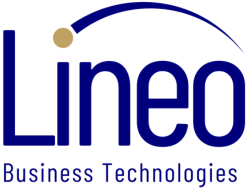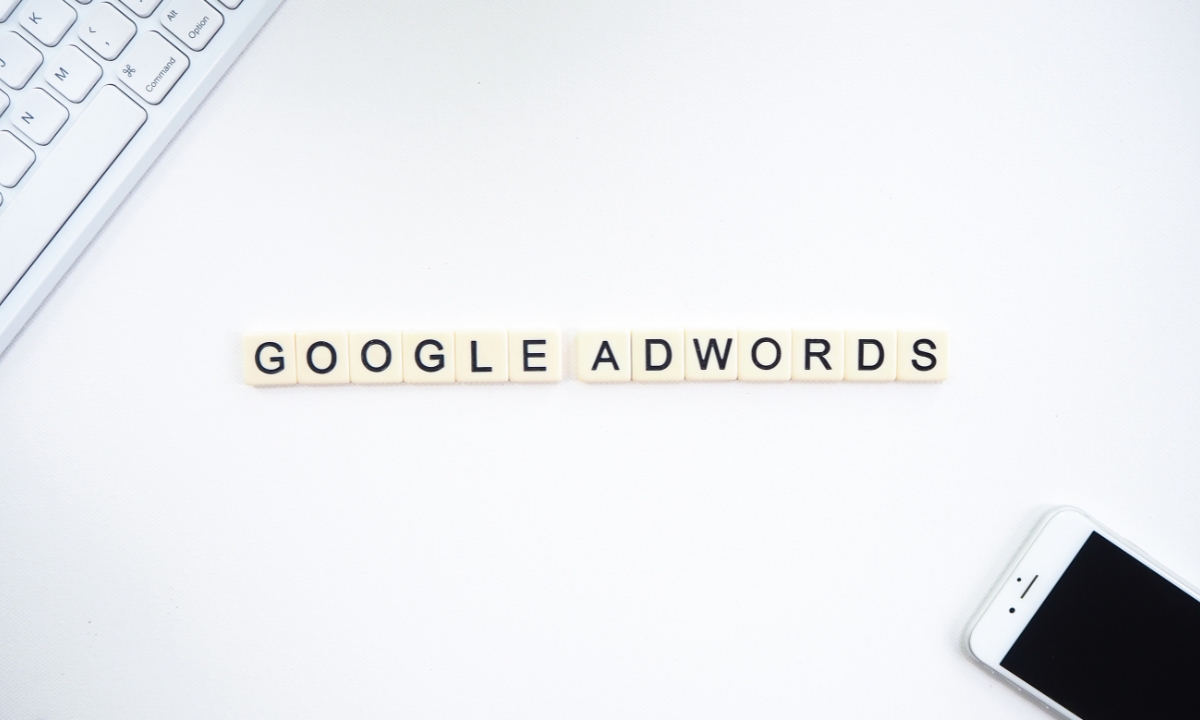Introduction
The pay per click PPC Marketing campaign you funded has been successfully launched. What happens next? Is this the conclusion of your efforts, or is there still work to be done? Since PPC is another marketing strategy, there are obviously things that need to be done.
You must assess the effectiveness of your PPC campaign both after it has ended and even while it is still running. Real-time monitoring of a PPC campaign’s performance, evaluation of its efficacy, and analysis of significant data will not only help you increase return on investment (ROI) but will also make it easier for you to start up subsequent campaigns.
What Is PPC Marketing Exactly?
n the pay-per-click (PPC) model of online marketing, businesses are charged every time one of their ads is clicked. You only pay for advertising when someone clicks on your ad. It only serves as a method of increasing both organic and purchased website traffic.
One of the most popular forms of PPC is search engine advertising, which enables advertisers to pay for ad placement in a search engine’s sponsored links. This works when a user searches for a keyword associated with their product or service. If we bid on the keyword “Google Shopping Management,” for instance, our ad might show up near the top of the Google search results page.
Because accomplishing all the above is a goal for many digital marketers, here are a few pointers and tactics to help you become a PPC campaign analysis specialist.
Things to Keep an Eye Out For When Starting a PPC Campaign
Always Begin with Goals
Any marketing campaign must start with defining, identifying, and setting goals. If not, you won’t be able to compare the outcomes of your PPC campaigns to gauge how well you’re doing. Experts comment it sounds foolish, but because PPC is such a buzzword in the internet marketing arena, many businesses dive in without first outlining clear goals. Because each firm is unique, marketing experts advise organizations to develop their own goals, regardless of how similar they are to the competition in the area.
Some businesses aim to produce more leads, while others prefer to focus on conversion rates. Some just wish to raise brand exposure by increasing website traffic. Some measures will be more essential than others for each of them. For example, in the previous case, all measurements are treated equally because the end game requires them.
The long-term effect
You must have access to data to measure the performance of your PPC campaign, and the more data you have, the better. How do you get the information? By viewing your campaign as a long-term endeavor. A PPC campaign should not be judged purely on its return on investment.
While we’re at it, evaluating the performance of your campaign does not refer to a single measure. To gain significant insights and find areas where you have excelled as well as areas where you have failed badly, you must examine all the data and analytics.
The data you require was not created in a few days, nor can it be created in a single week. If you target one with a lot of activity, you’ll gain your data quickly, but if you target a tight niche, the scenario is quite the reverse.
Don’t give up if your PPC campaign is underperforming. This is significantly more frequent than a situation in which everything goes smoothly from the outset. Do you need to update the landing pages, or do you need to remove any advertisements that aren’t working well? Perhaps you should eliminate the keywords with little hits? What should one do?
You must pinpoint the weak points in your PPC campaign if you want to increase its effectiveness. The more often you do it, the quicker you’ll learn where to search and how to fix and alter things. Let’s have a look at the important indicators that will assist you in evaluating the effectiveness of each gear in your PPC campaign engine.
Click-Through Rate
Experts note this indicator will become increasingly essential over time, therefore my eyes now reflexively land on the exact location on the screen where Click Through Rate figures should display.
When it comes to evaluating ad efficiency, CTR is the statistic to use. The procedure for calculating CTR is straightforward: to get the desired value, divide the total clicks by the total ad impressions.
People frequently make the mistake of overlooking the importance of impressions in this situation, and they tweak the ad to make it more clickable. A high CTR is not a good sign because it shows that many people did not see your ad.
Acquisition Price
In terms of critical metrics, cost per acquisition is second only to CTR. CPA is your new best buddy if you want to know how much your consumers cost you. It explains how much it costs to gain a customer. It is critical to keep your campaign’s spending under control.
Remember when we discussed making goals? CPA is divided into two distinct metrics: cost per transaction and cost per conversion, both of which are self-explanatory. You can track your Google Ads and Analytics accounts under the Acquisition tab after linking them.
CPA is a number that is inversely proportional to ROI for calculating the true ROI of your PPC campaign. For example, a low CPA will cause a high ROI and vice versa. Concentrate on less expensive keywords and tweak the ad. Check the maximum cost-per-click (max CPC) numbers as well; if they are too high, reduce them.
CPC (Cost Per Click)
The CPC measure shows how much each ad click costs you. Another financial measure that will help you manage your expenditures and stay inside your budget.
The CPC measure can be calculated manually by dividing the total cost of advertising by the number of ads clicked. But you can’t see why this is necessary since you can check it in the Google Ads and Analytics tool.
How do you pick which ads to leave as is and which to change or remove entirely? Those with a low CPC have a high number of clicks, so you may leave them alone. However, in order to decide whether they are worthwhile investing in, those with a high CPC must be examined.
Conversion Rate
The conversion rate metric clearly shows how close or distant you are from achieving your business goals. This KPI can help you identify which of your campaign’s advertising is encouraging conversions, or those who take the action you originally wanted them to (make a purchase, subscribe, etc.).
If your PPC campaign is aligned with your business goals, the conversion rate measure will assist you to determine how effective your campaign is. Because this measure is so significant, Google Ads and Analytics both have capabilities that allow you to track it in real-time. When establishing conversion goals, you must also consider impressions.
If your conversion rate is less than 20%, you must return to the elements that directly affect the conversion rate. To achieve your target of a 20% conversion rate, you must test and adjust them.
Once you’ve achieved this goal, you must maintain it in order to properly complete a PPC campaign.
Wasted Money
The conversion rate measure and the wasted spend metric are closely related. Wasted expenditure denotes how much money is lost as a result of clicking on an ad but not converting.
The greatest solution to this problem is to discover negative keywords — those that aren’t generating CTR yet cost too much to appear in search engine result pages (SERPs). Begin by establishing a filter to display terms with no conversions.
After you’ve refined your terms, return to this metric to check if there are any results. Continue to refine your keywords till the wasted spend is kept to a manageable level.
Impressions
People will see your adverts once your PPC campaign is active. Impressions are the most significant measure if you have specific business and PPC goals, such as raising brand awareness, launching a new product or service, publicizing an important event, attracting top talent, and so on.
Share Your Search Impression
This measure can be perplexing. It shows the proportion between the potential appearances of your advertisement in search results and the actual appearances. It’s not widely used, yet it’s a potent KPI that can help you beat your competition.
If the proportion is large, it suggests you need to optimize your campaign further because you are losing valuable impressions due to insufficient budget or poor keyword selection and bidding. Don’t worry; you can repair it with a simple approach.
Increase your budget slightly for high-performing campaigns with a low search impression percentage. Maximize your maximum CPC bids to increase not only impression share but also ad rank.
You can also choose a low-cost solution and revisit your keywords. You will be able to serve better text advertising and a custom-tailored landing page for each ad group if you divide them into smaller ones. Green impression share graphs imply that you have great keywords and bids. But what now? You should extend if you want to achieve maximum PPC advertising success.
Quality Rating
Now we return to the somewhat difficult KPI — quality score. It reflects how well the keyword, ad, and landing page synergy is working. Do you recall the keywords you chose and bid on? The greater the quality score, the better these factors perform.
The quality score is linked to two crucial KPIs: CPC and ROI. With a high-quality score, you’re ROI increases while your CPC is minimized and kept as low as workable. A flawless quality score is difficult to obtain because maintaining high impressions and a low CPC measure requires time, effort, and the correct skill set.
The Bounce Rate
A high bounce rate shows that there is an issue with your marketing. You’re wasting money while getting no results. When someone sees your advertisement, they may click on it to go to your landing page, but they may not be receptive to your call to action. There may be two causes for this situation.
Either your landing page is underperforming, or you are targeting an excessively large audience with plenty of people who are uninterested in your offer or service. These two issues are both simples to fix.
To start, reevaluate your target audience. Then, much like when vying for search impression share, break up the larger groups into smaller ones, and then retarget them with relevant short- and long-tail keywords. Then, for each, create a unique landing page. Landing page optimization may appear to be a difficult task, but it is not. With the right guide, you may learn a lot more in less than an hour.
Marketers who want to achieve success as soon as feasible frequently disregarded long-tail keywords. You should think about using them because they have a high conversion-to-cost ratio.
PPC Marketing Best Practices
- Now that you’ve identified the essential KPIs to consider when evaluating the effectiveness of your PPC ads, it’s time to learn how to use them.
- Maintain a close eye on your Google Ads and Analytics accounts. To evaluate the performance of a PPC campaign, you must actively monitor it. This technique will allow you to manage and optimize your daily operations, allowing you to reach even better KPIs.
- Optimize the text of your advertisements. Because advertising is the first thing people see when they go online, you must do all possible to optimize the ad language. Your ad copy should include keywords, but it should also convey a persuasive message to a potential consumer.
- Create campaigns that consider mobile users as well. Because more and more individuals are viewing the internet on the move using smartphones, you must develop PPC ads to cater to mobile users as well. For example, your landing pages must be mobile-friendly, and your text ads must be clear and simple.
The Bottom Line
PPC marketing can seem hard, but once you understand the lingo and what to search for, it becomes very simple. Immersing yourself in the Google Ads and Analytics environment can help you gradually increase the success of your PPC campaign and give you the ability to quickly and easily discover what’s happening by skimming the data. Lineo offers Organic and Inorganic marketing solutions to its clients and we aim to provide high-quality marketing results and aim to grow their business and sales.




